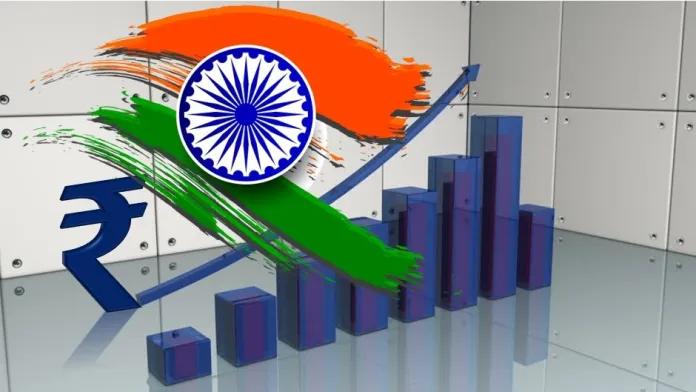NEW DELHI: The Indian economy has the potential to clock 6.2 per cent annual average growth rate in the medium term during the 2019-27 period, credit rating agency Fitch ratings said in its latest Global Economic Outlook report on Monday.
The agency raised the projection by 0.7 percentage points from 5.7 per cent estimated for 2013-2022, primarily due to improved employment rate and better working-age population forecast.
“India’s labour productivity forecast is also higher,” the report said.
However, the increased potential in the Indian economy comes amid a downward revision by the global credit rating agency of the medium-term growth potential for 10 emerging economies to 4 per cent from 4.3 per cent estimated earlier, primarily driven by a cut in China’s growth outlook.
“We have lowered China’s supply-side growth potential to 4.6 per cent from 5.3 per cent. China’s growth has slowed sharply in recent years, and prospects for capital deepening have deteriorated as the property slump weighs heavily on the investment outlook. The labour supply outlook is also weakening, reflecting demographics and falls in the labour force participation rate,” the report said.
The 10 emerging economies include Brazil, China, India, Indonesia, Korea, Mexico, Poland, Russia, South Africa, and Turkey.
Besides, the report notes that relative to pre-pandemic estimates, all 10 emerging market economies, except Brazil and Poland, have had downward revisions due to a general deterioration in demographic trends as growth in the working-age population continues to slow over time and due to negative impacts on supply-side potential from the huge economic disruptions caused by the pandemic.
“The 2020 pandemic-caused recession was severe in some emerging economies, with very large GDP declines in Mexico, South Africa, and India but only a mild contraction in Korea and moderately positive growth in Turkey and China. The subsequent economic recovery was strong in most economies as governments increased fiscal spending, global trade recovered and private consumption rebounded following the re-opening of economic activity,” the report notes.
Most of the emerging economies now look like they will suffer a permanent loss of output to varying degrees relative to pre pandemic expectations despite these strong recoveries, the report mentions.
According to the report, the lower forecasts for potential growth in the emerging market economies relative to the 2019 assessment are partly due to the labour supply component, which reflects the deterioration in the demographic outlook.
India is among the countries that have largest downward revisions to labour inputs relative to 2019.
“India’s projected labour supply growth is also lower relative to 2019, given the expected negative growth in the participation rate. While the participation rate has recovered from its pandemic slump, it remains significantly below levels recorded in the early 2000s, partly as the employment rate among women remains very low,” the report said.
Source: Business Standard




 MCA Calls For Regular General Meetings Of Companies
MCA Calls For Regular General Meetings Of Companies 